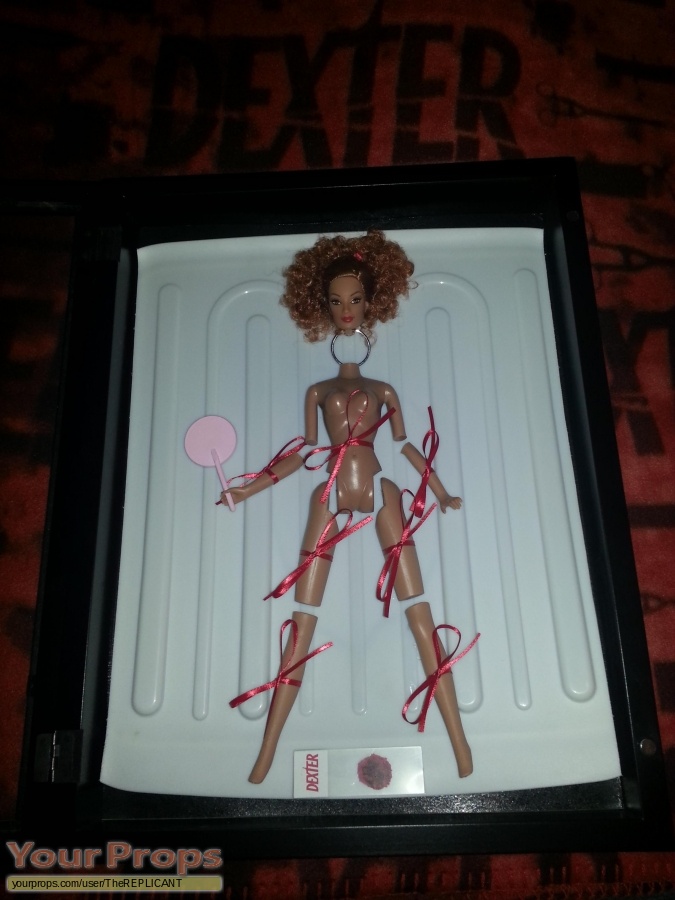

Robotic Refueling Mission - Phase 2 will use the Visual Inspection Poseable Invertebrate Robot (VIPIR) borescope camera with a 34 inch long flexible tube.
#Dexture body parts install#
In 2013 the H-II Transport Vehicle brought the RRM On-orbit Transfer Cage (ROTC), which is a sliding table within the Japanese airlock platform from which to retrieve and subsequently install new hardware.

The tools are not considered a part of Dextre's complement of tools and are stowed on the RRM platform. These tools are not installed on Dextre but are used by Dextre when performing RRM operations. A Wire Cutter, Safety Cap Removal Tool, EVR Nozzle Tool and a Multifunction Tool with several adapters. Several new tools were added as part of the 2011 Robotic Refueling Mission. The Socket Extension Tool (SET) extends the length of the grasping socket on an arm, and the Robotic Off-Set Tool (ROST) allows an arm to grasp difficult to reach targets. The tool holster is equipped with two Robotic Micro Conical Tools (RMCTs), which allow an arm to grasp additional types of ORU fixtures.
#Dexture body parts tv#
The lower body of Dextre has a pair of orientable colour TV cameras with lights, a platform for stowing ORUs, and a tool holster. ĭextre moves one arm at a time, while one arm may hold onto the station (using specially provided standard H or Micro interfaces : 5.1 ) for stability and ease of control : 2.1 the other is available to perform tasks. The OTCM has built-in grasping jaws, a retractable socket drive, a monochrome TV camera, lights, and an umbilical connector that can provide power, data, and video to/from a payload. Įach arm is somewhat like a shortened Canadarm2 (in that it has 7 joints) but is fixed to Dextre at one end.Īt the end of Dextre's arms are ORU/Tool Changeout Mechanisms (OTCM). The other end of the body has a Latching End Effector virtually identical to that of Canadarm2, so that Dextre can also be attached to Space Station grapple fixtures or the Mobile Base System.ĭextre can also be operated whilst it is attached to the end of Canadarm2. The body has a Power Data grapple fixture at the 'head' end that can be grasped by the larger Space Station Arm, Canadarm2 so that Dextre can be positioned at the various Orbital Replacement Unit (ORU) worksites around the Space Station. The 3.5-metre-long body pivots at the "waist". Total mass is about 1,662 kilograms (3,664 lb). Before Dextre arrived astronauts were required to perform space walks to carry out this long work.ĭextre resembles a gigantic torso fitted with two extremely agile, 3.5 metres (11 ft) arms. Dextre is designed to handle and complete orbital replacement units: Many spares are stored on the ISS and Dextre is able to carry them to and from worksites and install replacements when failures occur.


 0 kommentar(er)
0 kommentar(er)
